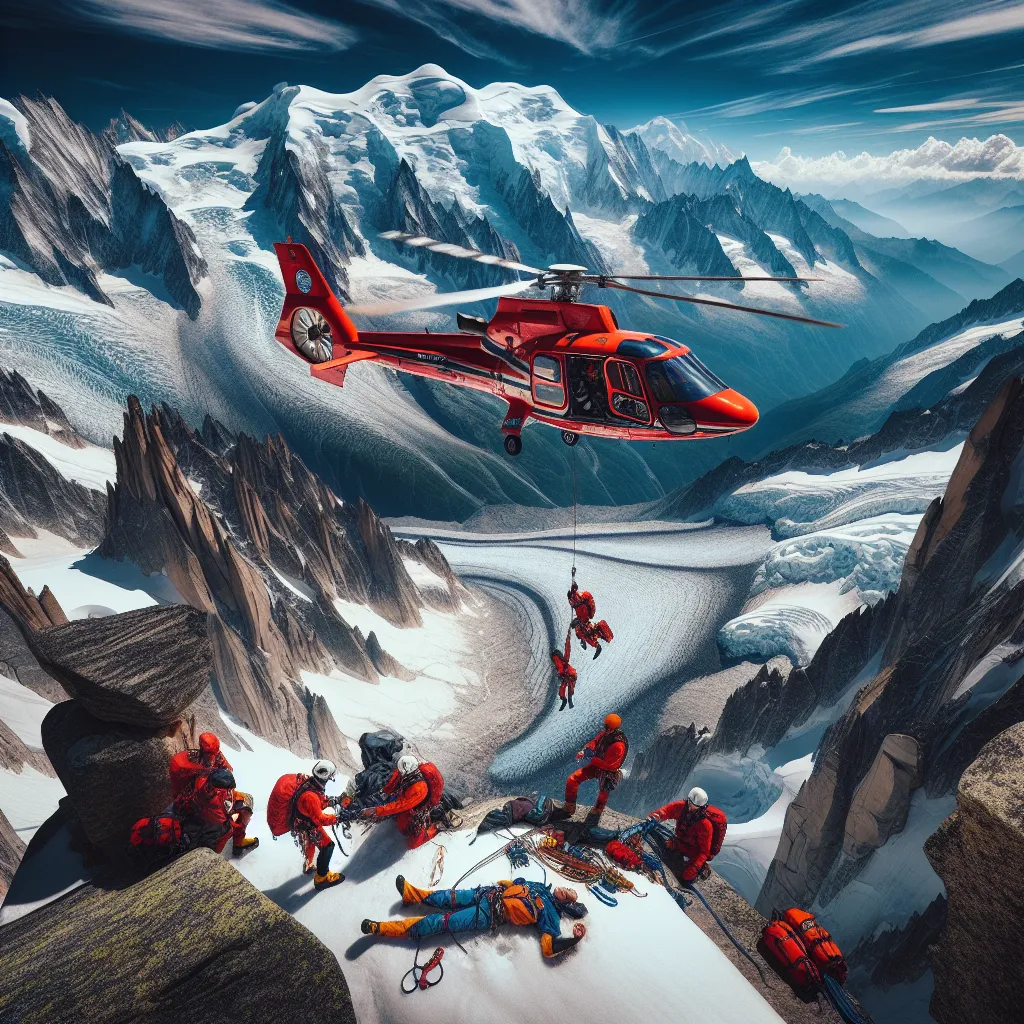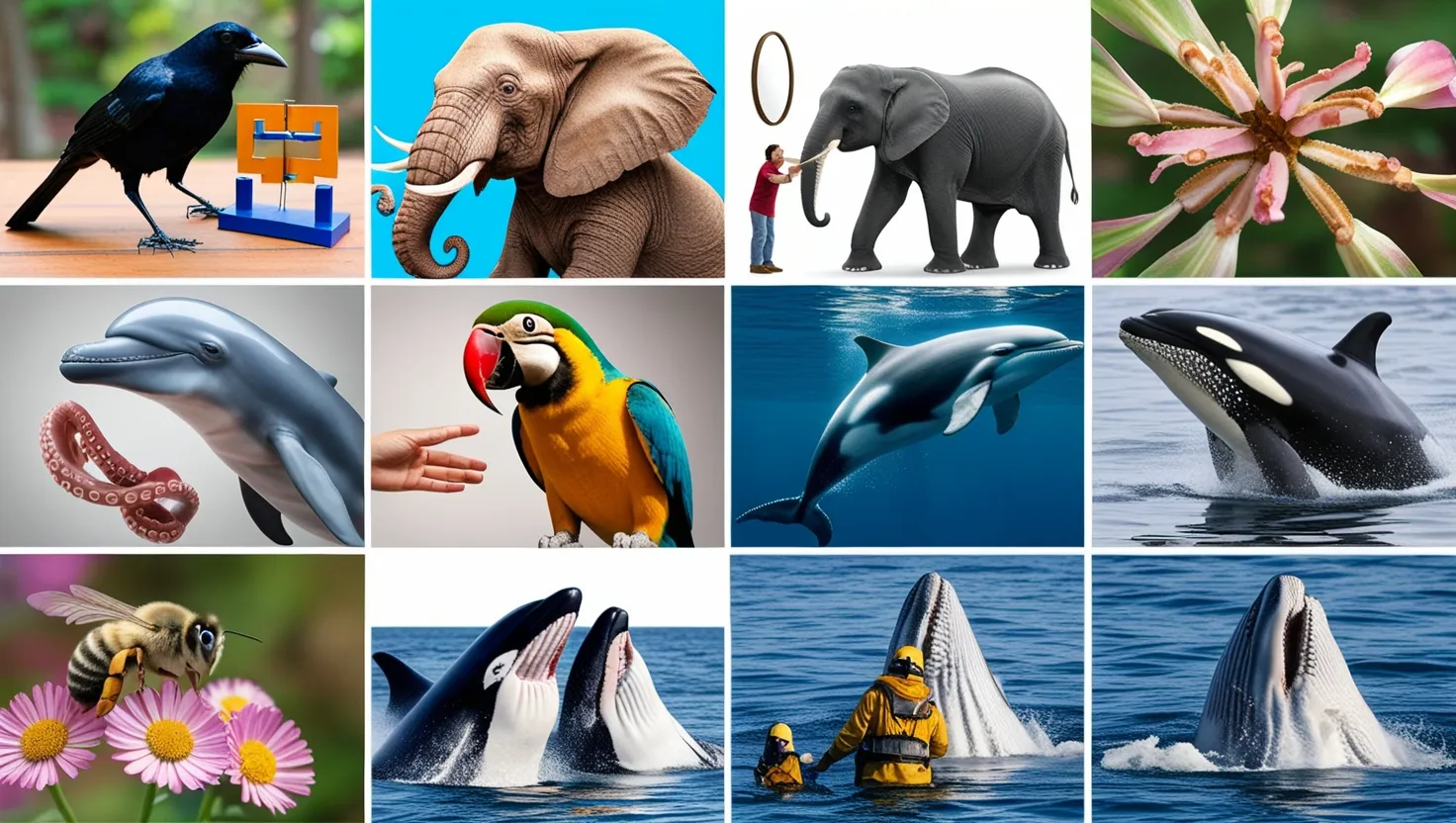I’m perched at 13,000 feet in the French Alps, with Mont Blanc, Western Europe’s highest peak, looming behind me. Every year, thousands ascend this rugged terrain aiming for the summit, though not everyone makes it. The altitude is challenging; the cold can be biting, and the thin air can make you feel sick and weak, with help often distant.
For the next six weeks, I’ll be with the French Mountain Rescue Team during their busiest season. They risk their lives to save others in this stunning yet perilous environment. The French Alps are a top destination in Europe and one of the world’s premier climbing spots. Mont Blanc stands nearly 16,000 feet tall, drawing climbers from around the globe. But these mountains are dangerous, and often, the fastest route to those in trouble is by helicopter.
The French Mountain Rescue Team operates from Alouette helicopters, capable of reaching any part of the Mont Blanc range within 15 minutes. This quick response can be the difference between life and death. Last year alone, the team was called out more than 1,500 times—up to 10 times a day in summer. Coordinating rescues from their headquarters in Chamonix, they often get alerts from climbers using mobile phones, which then prompt the helicopters.
On one occasion, they received a call about a climber injured in a rockfall at 9,000 feet. He was alone, and as evening approached, the temperature plummeted. The helicopter, with Dr. Jerome Marioli on board, found the climber within 10 minutes. He lay precariously on a ledge, badly injured. The helicopter couldn’t get close due to the cliff, so a rescuer was winched down first, followed by Dr. Marioli with medical equipment. The climber, a British army officer named Justin, had a broken shoulder and was in excruciating pain. They immobilized his arm and prepared a stretcher, all while battling the cold and the risk of falling rocks.
Once ready, they called for the helicopter again, but it had been diverted to another rescue, leaving them to wait in the dropping temperatures. Finally, after three hours, the helicopter returned, and Justin was winched to safety. He was then taken to the Chamonix hospital, where a trauma team awaited him. After surgery, Justin recounted his close call, thankful for the rescue team’s timely intervention.
In another dramatic rescue, the team responded to a call about a man who had fallen into a crevasse. Arriving swiftly, they found the climber alive, dangling from a rope held by his partner. The rescue was swift, and the climber was pulled from the perilous ice chasm just as the sun’s heat started to destabilize the snow. The man had fallen 70 feet but was lucky to escape with minor injuries, thanks to his partner’s quick action.
Not all rescues are straightforward, though. When a father and son were reported lost in a storm on Mont Blanc, the rescue became a race against time. Strong winds and snow battered the mountains, making helicopter access challenging. Yet, the team made the daring decision to use a more powerful helicopter. They found the climbers at nearly 14,000 feet, one with broken glasses and unable to see in the harsh glare of sun and snow. They were quickly evacuated, thankful to escape a night that could have been fatal.
Throughout the summer, the French Mountain Rescue Team braves treacherous conditions to save lives. But the mountains are ruthless, and despite their efforts, lives are still lost—51 last summer alone.
That’s all for now from the French Alps. Join us next week as we continue to document the harrowing yet heroic rescues in this beautiful but unforgiving landscape.






